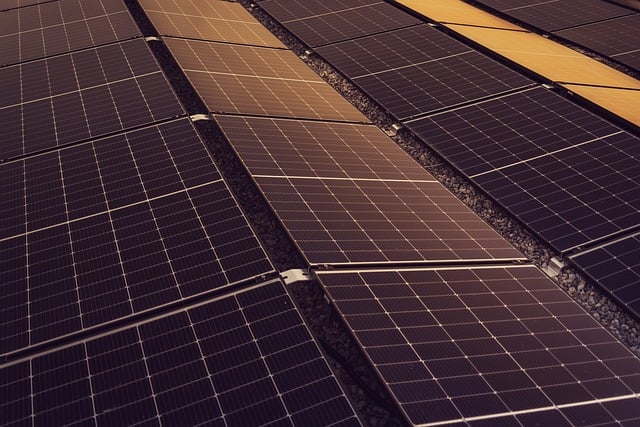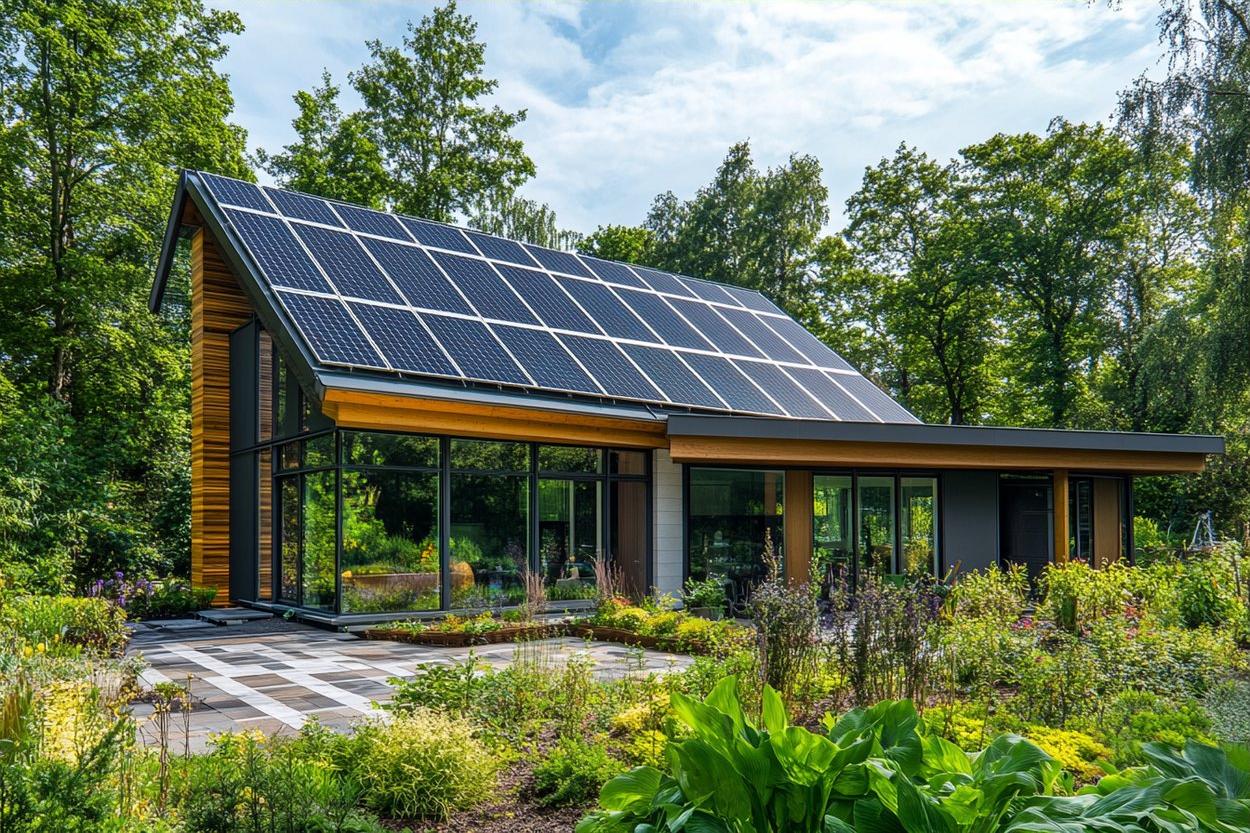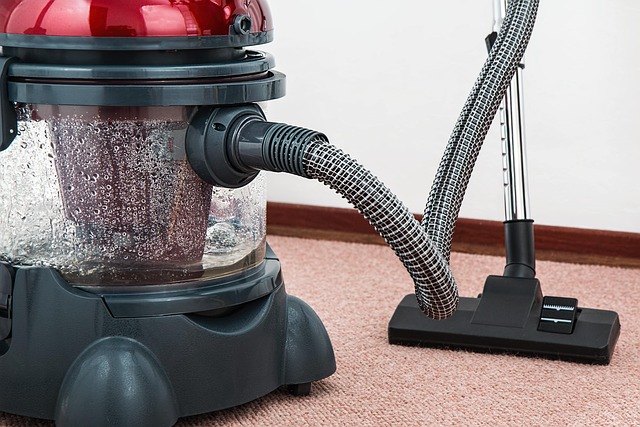Solar-Powered Air Conditioning: Harnessing the Sun for Cool Comfort
A solar air conditioner uses the power of the sun to cool your space, offering an energy-efficient and eco-friendly alternative to traditional systems. Ideal for sunny climates, it helps reduce electricity bills while keeping your home comfortably cool.

How do solar-powered AC units for homes work?
Solar-powered AC units for homes operate by converting solar energy into electricity to run the cooling system. These units typically consist of solar panels, an inverter, and an air conditioning unit. The solar panels capture sunlight and convert it into direct current (DC) electricity. The inverter then transforms this DC power into alternating current (AC) electricity, which powers the air conditioner.
Some systems are hybrid, meaning they can switch between solar power and grid electricity depending on the availability of sunlight. This ensures consistent cooling even during cloudy days or at night. Additionally, certain models incorporate battery storage, allowing excess solar energy to be stored for later use.
What are the key benefits of energy-efficient solar air conditioning?
Energy-efficient solar air conditioning offers numerous advantages for homeowners:
-
Reduced energy costs: By harnessing free solar energy, these systems can significantly lower your monthly electricity bills.
-
Environmental friendliness: Solar-powered ACs produce zero emissions during operation, reducing your home’s carbon footprint.
-
Energy independence: With a solar AC system, you’re less reliant on the power grid, providing protection against blackouts and energy price fluctuations.
-
Long-term savings: While the initial investment may be higher, solar AC systems often pay for themselves over time through energy savings.
-
Increased home value: Solar installations, including AC units, can boost your property’s value and appeal to eco-conscious buyers.
Are there different types of solar-powered cooling systems?
Yes, there are several types of solar-powered cooling systems available:
-
Solar PV air conditioners: These use photovoltaic panels to generate electricity for conventional AC units.
-
Solar thermal cooling: This technology uses solar collectors to heat a fluid, which then powers an absorption chiller to produce cool air.
-
Hybrid solar air conditioners: These systems combine solar power with grid electricity, offering flexibility and reliability.
-
Solar-assisted heat pumps: These units use solar energy to enhance the efficiency of heat pump systems for both cooling and heating.
-
Evaporative solar cooling: This method combines solar power with evaporative cooling techniques for energy-efficient air conditioning.
How efficient are solar-powered AC units compared to traditional systems?
Solar-powered AC units can be significantly more efficient than traditional systems, especially in terms of energy consumption and operating costs. While the efficiency of solar AC units can vary depending on factors such as geographic location, system size, and solar panel quality, they generally offer substantial energy savings.
Traditional AC units rely entirely on grid electricity, which can lead to high energy bills during peak cooling seasons. In contrast, solar-powered systems can generate most or all of their required energy from the sun, resulting in lower electricity consumption from the grid. Some estimates suggest that solar AC systems can reduce energy usage by up to 30-50% compared to conventional units.
Additionally, solar AC units often incorporate advanced technologies and energy-efficient components, further enhancing their overall efficiency. For example, many solar AC systems use inverter technology, which allows the compressor to adjust its speed based on cooling demand, leading to more consistent temperatures and reduced energy waste.
What are the cost considerations for installing a solar-powered AC system?
| System Type | Estimated Cost Range | Potential Energy Savings |
|---|---|---|
| Solar PV AC | $5,000 - $15,000 | 30-50% reduction in cooling costs |
| Solar Thermal Cooling | $8,000 - $20,000 | 40-60% reduction in cooling costs |
| Hybrid Solar AC | $6,000 - $18,000 | 25-45% reduction in cooling costs |
Prices, rates, or cost estimates mentioned in this article are based on the latest available information but may change over time. Independent research is advised before making financial decisions.
The cost of installing a solar-powered AC system can vary widely depending on factors such as system size, type, and your home’s specific requirements. While the initial investment is typically higher than traditional AC units, the long-term savings on energy costs can offset this expense over time.
It’s important to consider additional costs such as installation, maintenance, and potential upgrades to your home’s electrical system. Many homeowners find that federal, state, or local incentives for solar installations can help reduce the overall cost. To determine the most cost-effective solution for your home, it’s advisable to consult with multiple solar AC providers and compare quotes.
How can homeowners maintain their solar-powered cooling systems?
Proper maintenance is crucial for ensuring the longevity and efficiency of solar-powered cooling systems. Here are some key maintenance tips:
-
Regular cleaning: Keep solar panels clean and free from debris to maximize energy absorption.
-
Professional inspections: Schedule annual check-ups with a qualified technician to assess system performance and address any issues.
-
Monitor performance: Keep track of your system’s energy production and cooling output to detect any potential problems early.
-
Check and replace filters: Regularly clean or replace air filters to maintain optimal airflow and efficiency.
-
Protect outdoor components: Ensure that outdoor units are protected from severe weather and potential damage.
-
Update software: If your system has smart controls, keep the software up-to-date for optimal performance.
By following these maintenance practices, homeowners can ensure their solar-powered cooling systems operate efficiently for years to come, maximizing both comfort and energy savings.




